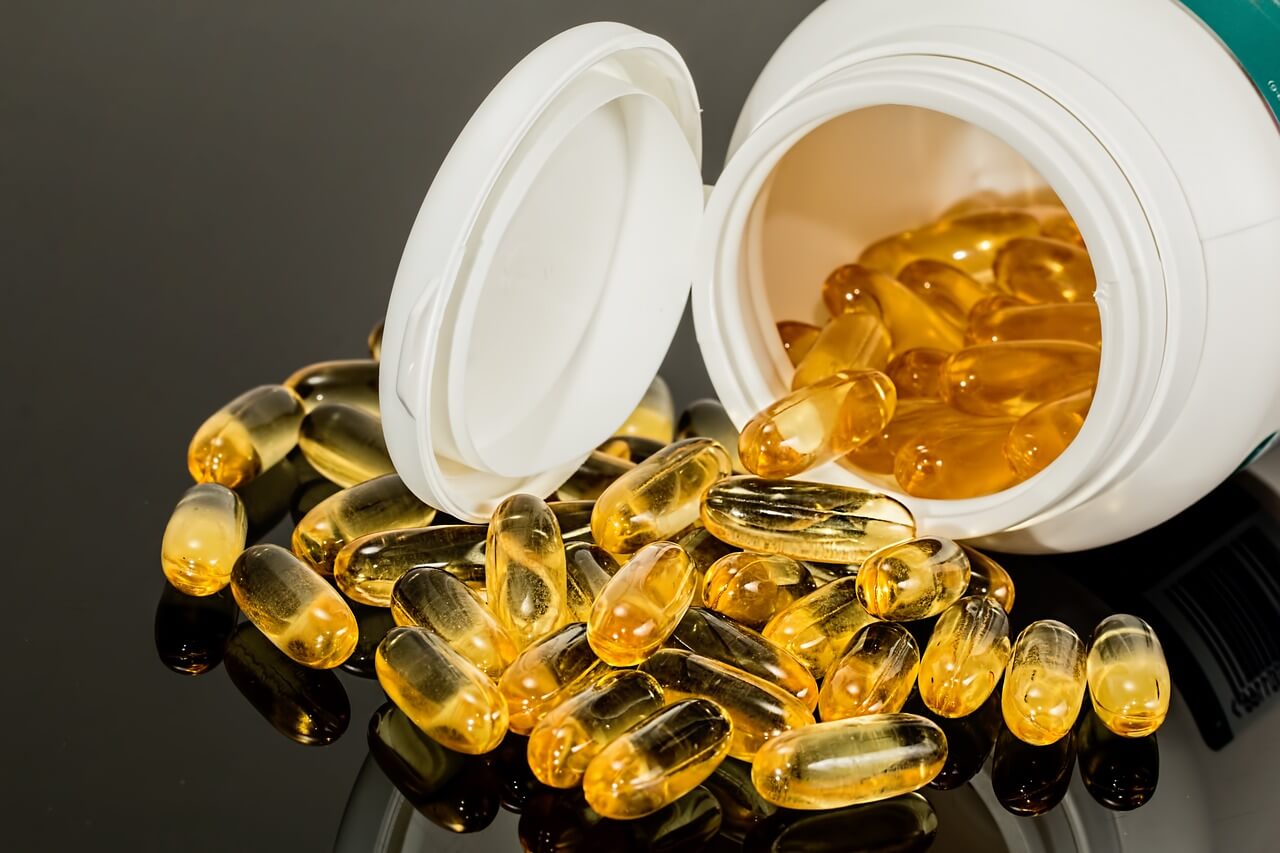Elements of Good Manufacturing Practices (GMP) in Pharmaceuticals
Good Manufacturing Practices (GMP) is a set of quality assurance guidelines and regulations that ensure the consistent production of safe, effective, and high-quality pharmaceutical products. GMP encompasses various elements that cover all aspects of pharmaceutical manufacturing, including facility design, personnel training, equipment validation, documentation practices, quality control, and more. This blog post provides an in-depth exploration of the key elements of GMP in the pharmaceutical industry, its importance, regulatory considerations, challenges, and best practices.
The Importance of Good Manufacturing Practices (GMP)
Product Quality and Safety: GMP serves as a foundation for maintaining product quality and safety throughout the pharmaceutical manufacturing process. It ensures that products are manufactured under controlled conditions, with proper quality control measures in place to minimize risks and ensure consistent quality.
Regulatory Compliance: Adherence to GMP guidelines is essential for regulatory compliance in the pharmaceutical industry. Regulatory bodies, such as the U.S. Food and Drug Administration (FDA), the European Medicines Agency (EMA), and other national health authorities, require pharmaceutical manufacturers to comply with GMP regulations to ensure product safety and efficacy.
Patient Safety: GMP plays a crucial role in ensuring patient safety by preventing the production and distribution of substandard or counterfeit drugs. Compliance with GMP guidelines minimizes the risk of product contamination, impurities, or incorrect labeling, thereby safeguarding patient health.
Glycerin: Properties, Applications, and Benefits

Key Elements of GMP in Pharmaceuticals
Facility Design and Environmental Control:
Facility Design: GMP requires pharmaceutical facilities to be designed and constructed to facilitate proper manufacturing, storage, and distribution of pharmaceutical products. This includes considerations for adequate space, ventilation, utilities, and segregation of manufacturing areas.
Environmental Control: GMP emphasizes the control of environmental conditions, such as temperature, humidity, and cleanliness, to prevent contamination and maintain product integrity.
Personnel and Training:
Personnel Qualification: GMP requires pharmaceutical companies to employ qualified personnel with appropriate education, training, and experience. Roles and responsibilities should be clearly defined, and personnel should adhere to proper hygiene practices.
Training Programs: GMP mandates ongoing training programs to ensure that personnel are aware of GMP principles, procedures, and regulatory requirements. Training helps maintain a competent workforce and fosters a culture of quality.
Documentation and Record-Keeping:
Standard Operating Procedures (SOPs): GMP emphasizes the development and implementation of SOPs for all critical processes and activities. SOPs provide detailed instructions to ensure consistent and standardized operations.
Batch Records: Accurate and detailed batch records documenting all manufacturing steps, including equipment used, materials, and process parameters, are essential for product traceability and regulatory compliance.
Equipment and Facility Qualification:
Equipment Validation: GMP requires the validation of manufacturing equipment to ensure its suitability for the intended purpose and the consistency of performance. This includes the qualification of critical equipment, calibration, and periodic maintenance.
Facility Qualification: GMP requires the qualification of pharmaceutical manufacturing facilities, including utilities, HVAC systems, water purification systems, and critical storage areas. Qualification ensures that facilities meet the necessary standards for product safety and quality.
Raw Material Management and Control:
Raw Material Qualification: GMP requires the qualification and approval of raw materials used in the manufacturing process. This includes vendor qualification, testing for identity, purity, and potency, and maintaining proper documentation of material specifications.
Material Handling and Storage: GMP emphasizes proper material handling, storage, and segregation to prevent cross-contamination, mix-ups, and deterioration. Proper labeling and inventory control are also crucial.
Quality Control and Testing:
Quality Control Systems: GMP mandates the implementation of robust quality control systems to monitor and evaluate the quality of pharmaceutical products. This includes in-process testing, finished product testing, stability testing, and analytical method validation.
Laboratory Controls: GMP requires laboratories to have appropriate infrastructure, equipment, and qualified personnel to conduct accurate and reliable testing. Compliance with GMP guidelines ensures the integrity and reliability of laboratory data.
Challenges and Best Practices in Implementing Good Manufacturing Practices (GMP)
Regulatory Compliance Challenges:
Evolving Regulations: Keeping up with evolving GMP regulations and guidelines can be challenging for pharmaceutical manufacturers. Staying informed about regulatory updates and engaging in continuous learning is essential.
Global Harmonization: Pharmaceutical companies operating in multiple countries face the challenge of harmonizing GMP practices across different regulatory frameworks.
Best Practices for Successful GMP Implementation:
Quality Culture: Fostering a culture of quality throughout the organization is essential for successful GMP implementation. This involves establishing clear quality objectives, effective communication, and employee empowerment.
Risk-Based Approach: Implementing a risk-based approach helps identify and prioritize critical areas that require more attention and resources. Conducting risk assessments and utilizing risk management tools support effective decision-making.
Conclusion of Good Manufacturing Practices (GMP)
Good Manufacturing Practices (GMP) form the cornerstone of quality assurance in the pharmaceutical industry. Adherence to GMP guidelines ensures the production of safe, effective, and high-quality pharmaceutical products, protecting patient safety and maintaining regulatory compliance. The key elements of GMP, including facility design, personnel training, documentation practices, equipment validation, raw material management, and quality control, collectively contribute to the integrity and reliability of pharmaceutical manufacturing processes. Overcoming challenges in implementing GMP and following best practices, such as fostering a quality culture, embracing a risk-based approach, and staying up-to-date with regulatory requirements, enhances the effectiveness and success of GMP implementation. By embracing GMP principles and incorporating them into their daily operations, pharmaceutical companies can ensure the production of pharmaceutical products that meet the highest standards of quality, safety, and efficacy.

